A new manufacturing technique to grow perovskite crystals for high-performance solar cells uses “face masks” to minimize imperfections.


A new manufacturing technique to grow perovskite crystals for high-performance solar cells uses “face masks” to minimize imperfections.
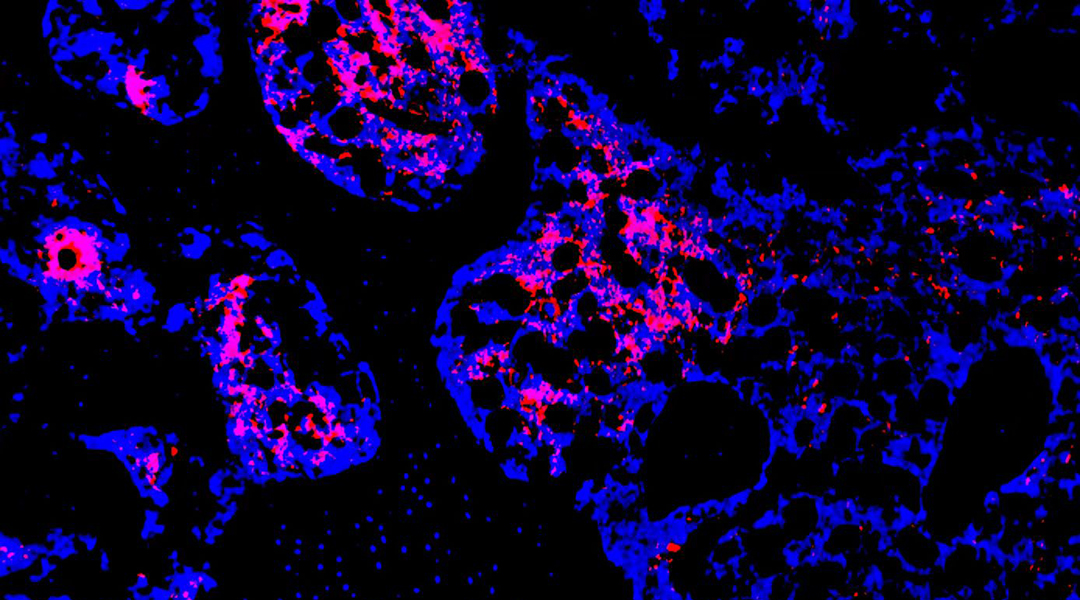
In the lab, a multi-functional hydrogel was shown to not only repair defects but also strengthen bone weakened by osteoporosis.
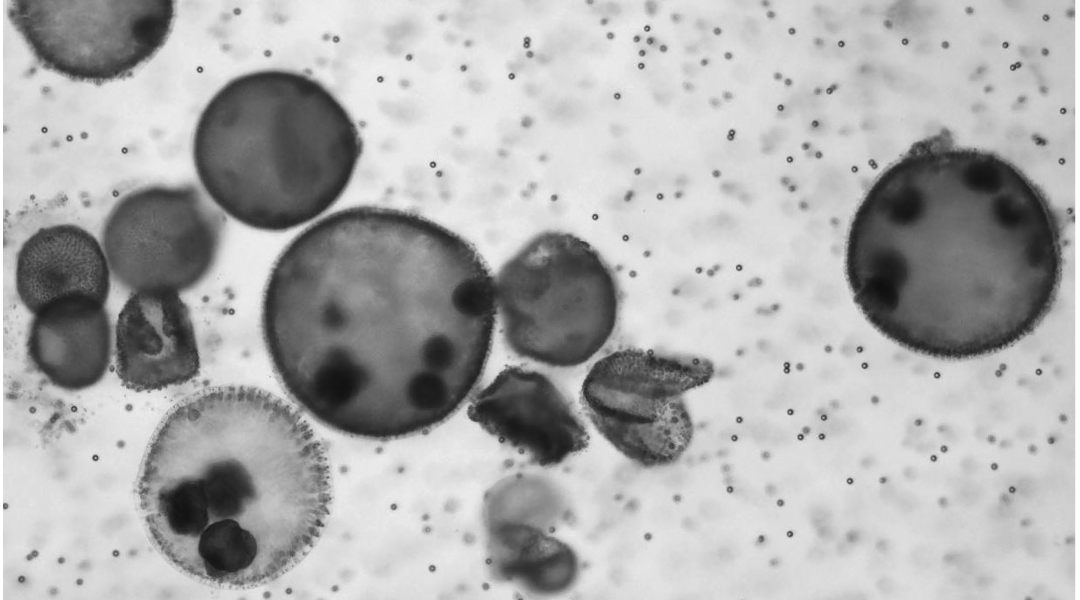
Living microrobots made from algae were weaponized to help fight tumors by improving the effectiveness of cancer therapies.
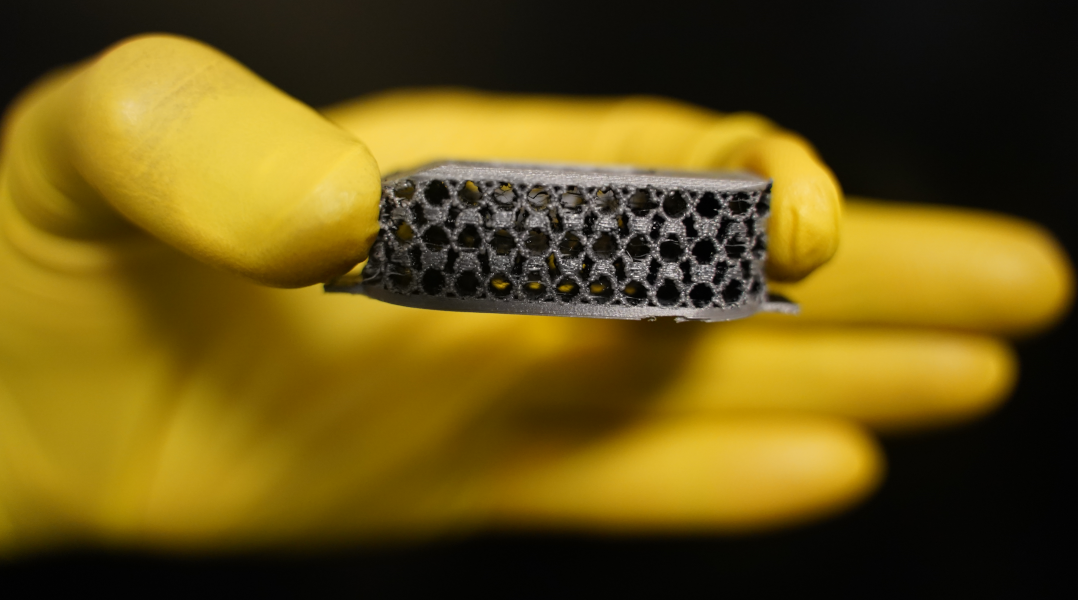
While radiographic imaging can evaluate bone healing post surgery, a smart, self-aware implant could eliminate unnecessary exposure to radiation.

A new device setup enables an interface between biomolecules and electronic materials for biohybrid electronics.
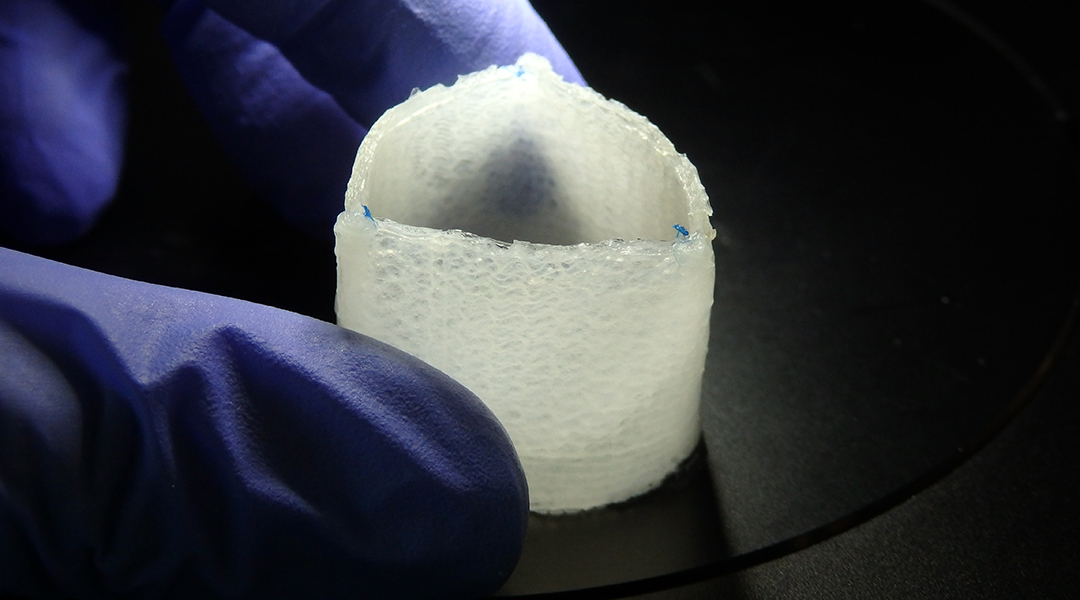
To avoid the need for repeated surgery, scientists are developing durable artificial heart valves from regenerated tissue.
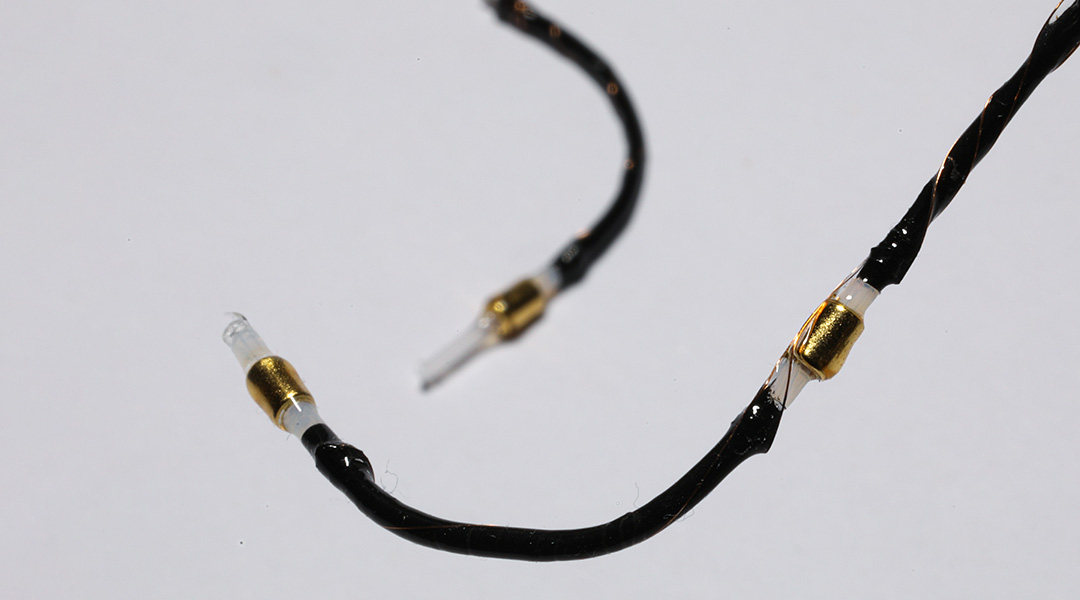
A flexible magnetic catheter made from “smart threads” will help make surgeries less invasive, safer, and easier to perform.
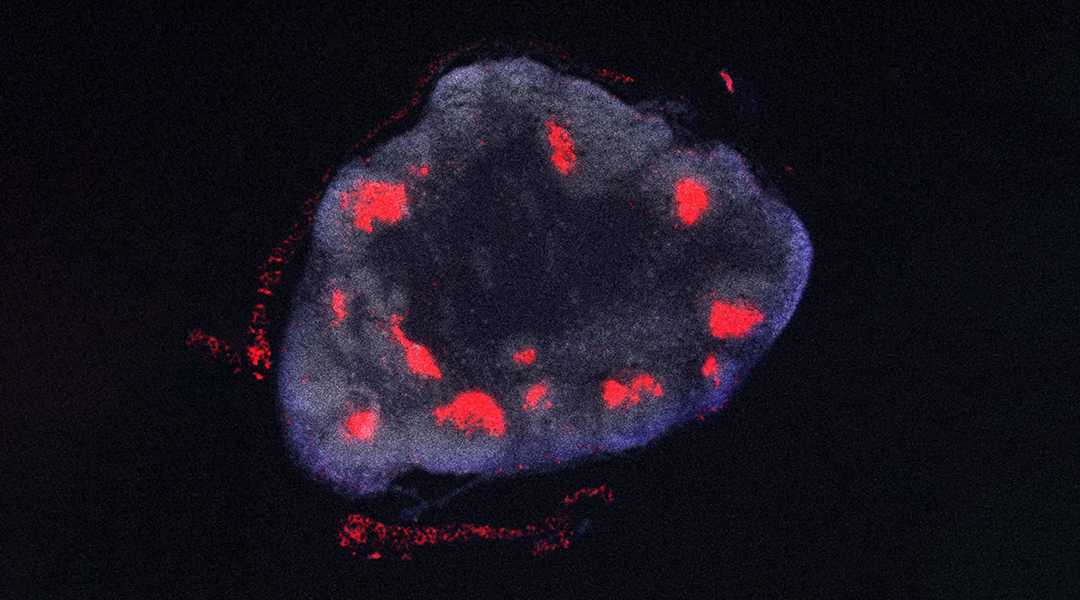
From boosterless vaccine platforms to goopy 2D inks and color-changing crystals, here are some of the most striking images collected from our journals.
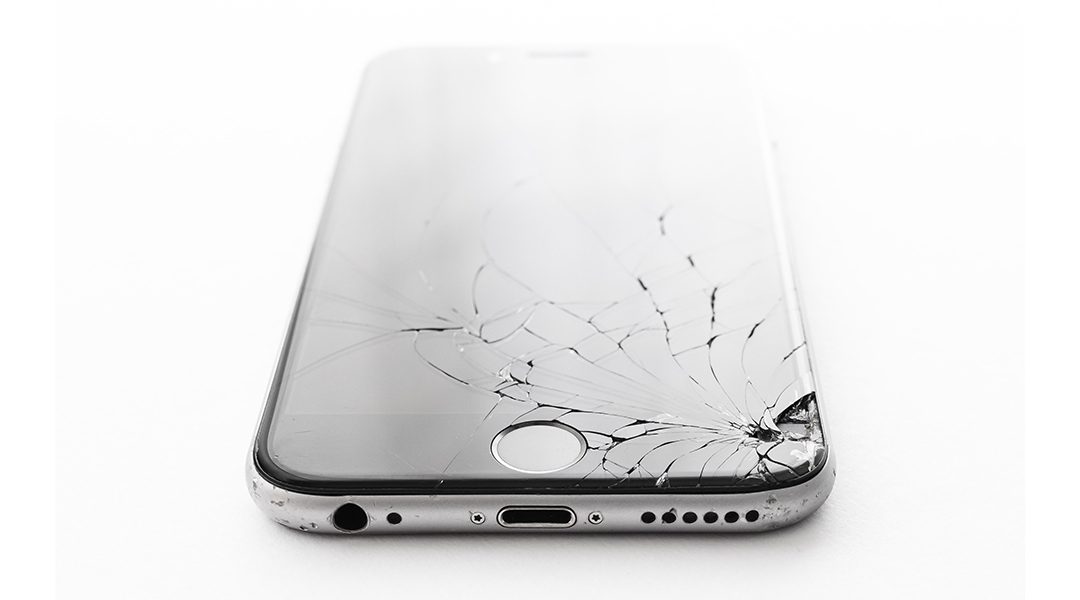
Through a happy accident, researchers have identified a new self-repairing electronic material that could make sci-fi dreams a reality.
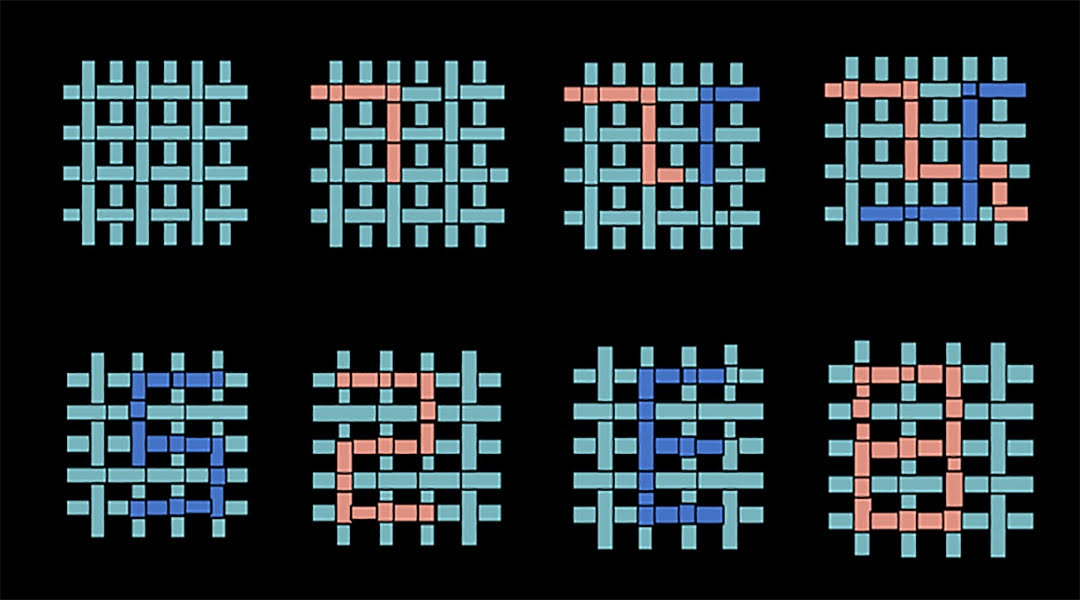
Artificial spider silk could be a smart and responsive alternative to traditional wound dressings, helping patients and medical staff to monitor recovery in real time.